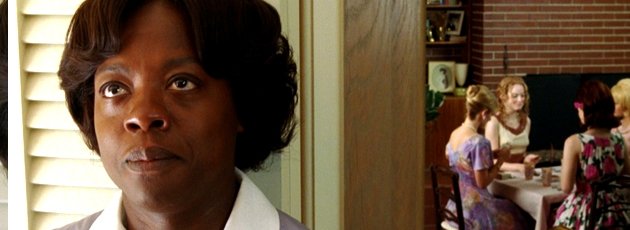- Home
- News & Blogs
- About Us
- What We Do
- Our Communities
- Info Centre
- Press
- Contact
- Archive 2019
- 2015 Elections: 11 new BME MP’s make history
- 70th Anniversary of the Partition of India
- Black Church Manifesto Questionnaire
- Brett Bailey: Exhibit B
- Briefing Paper: Ethnic Minorities in Politics and Public Life
- Civil Rights Leader Ratna Lachman dies
- ELLE Magazine: Young, Gifted, and Black
- External Jobs
- FeaturedVideo
- FeaturedVideo
- FeaturedVideo
- Gary Younge Book Sale
- George Osborne's budget increases racial disadvantage
- Goldsmiths Students' Union External Trustee
- International Commissioners condemn the appalling murder of Tyre Nichols
- Iqbal Wahhab OBE empowers Togo prisoners
- Job Vacancy: Head of Campaigns and Communications
- Media and Public Relations Officer for Jean Lambert MEP (full-time)
- Number 10 statement - race disparity unit
- Pathway to Success 2022
- Please donate £10 or more
- Rashan Charles had no Illegal Drugs
- Serena Williams: Black women should demand equal pay
- Thank you for your donation
- The Colour of Power 2021
- The Power of Poetry
- The UK election voter registration countdown begins now
- Volunteering roles at Community Alliance Lewisham (CAL)
The Help
Last week, The Help finally made it to UK theatres. The story centres around a young aspiring journalist nicknamed Skeeter (Emma Stone) in Jackson, Mississippi. Set in the 1960’s, the film, based on Kathryn Stockett’s novel, deals with the racial segregation of southern America.
Returning to Mississippi after college, Skeeter decides to embark on a secretive plan to publish a book expressing the unjust experiences of the maids of Jackson society.
The maids’ experiences are heartbreaking. Looking after White babies until they grow up is part of their main job and so they become a bit like part of the family over the years. However, their treatment is obviously not as an equal family member as for instance, Black maids are forced to use separate toilets. The racial issues dealt with in the film allow viewers an insight into what it was truly like during the 1960s.
The film is a seamless fictional piece stemmed from historical fact. Racial segregation lasted in America up until 1968, when the Supreme Court finally outlawed it completely. In the film, there are many references to the separation of races which was extremely prominent in the South, such as the sign reading ‘Colored entrance’, yet it doesn’t fully encompass the horror of Jim Crow Laws.
When going to see The Help, you must remember that this is a fictional story which definitely doesn’t cover the segregation issue from every possible aspect, as is to be expected in a non-documentary film. It doesn’t speak about male segregation, focusing extensively on the female side. In fact, there are barely any males seen in the film at all.
The Help is also primarily character driven instead of diving into the politics during this era, and centres only on a few personal experiences. The friendships developed throughout are pure and inspiring. Keeping in mind the story is fictional, the film on a whole is an unexpected tasty little surprise.
Oksana Trofimenko
